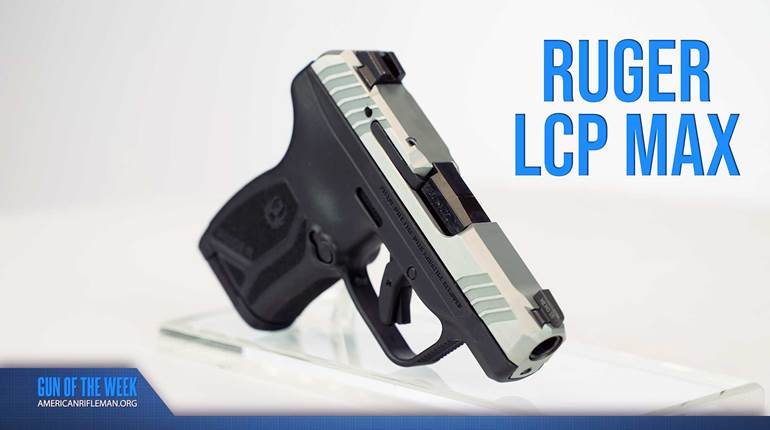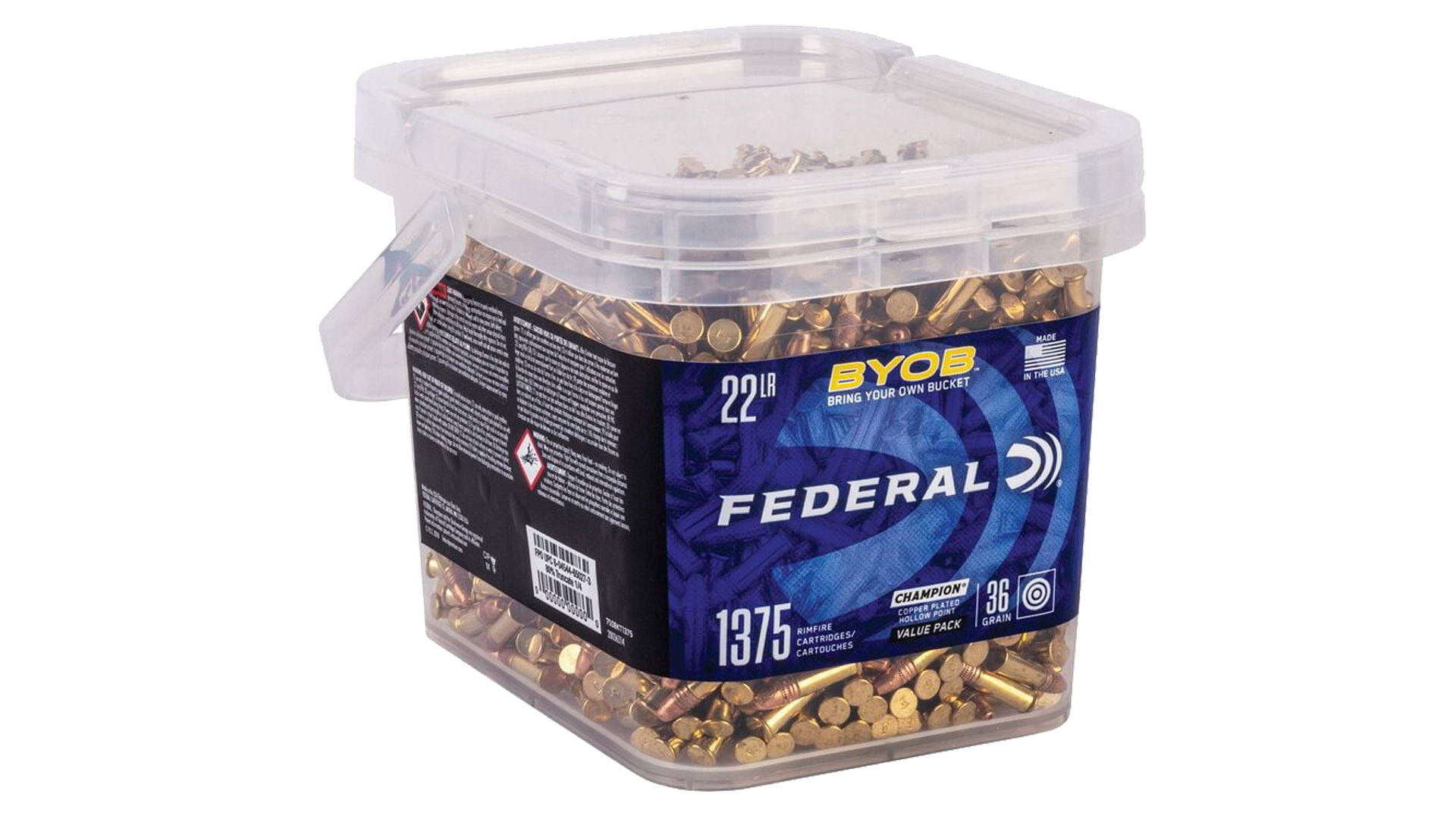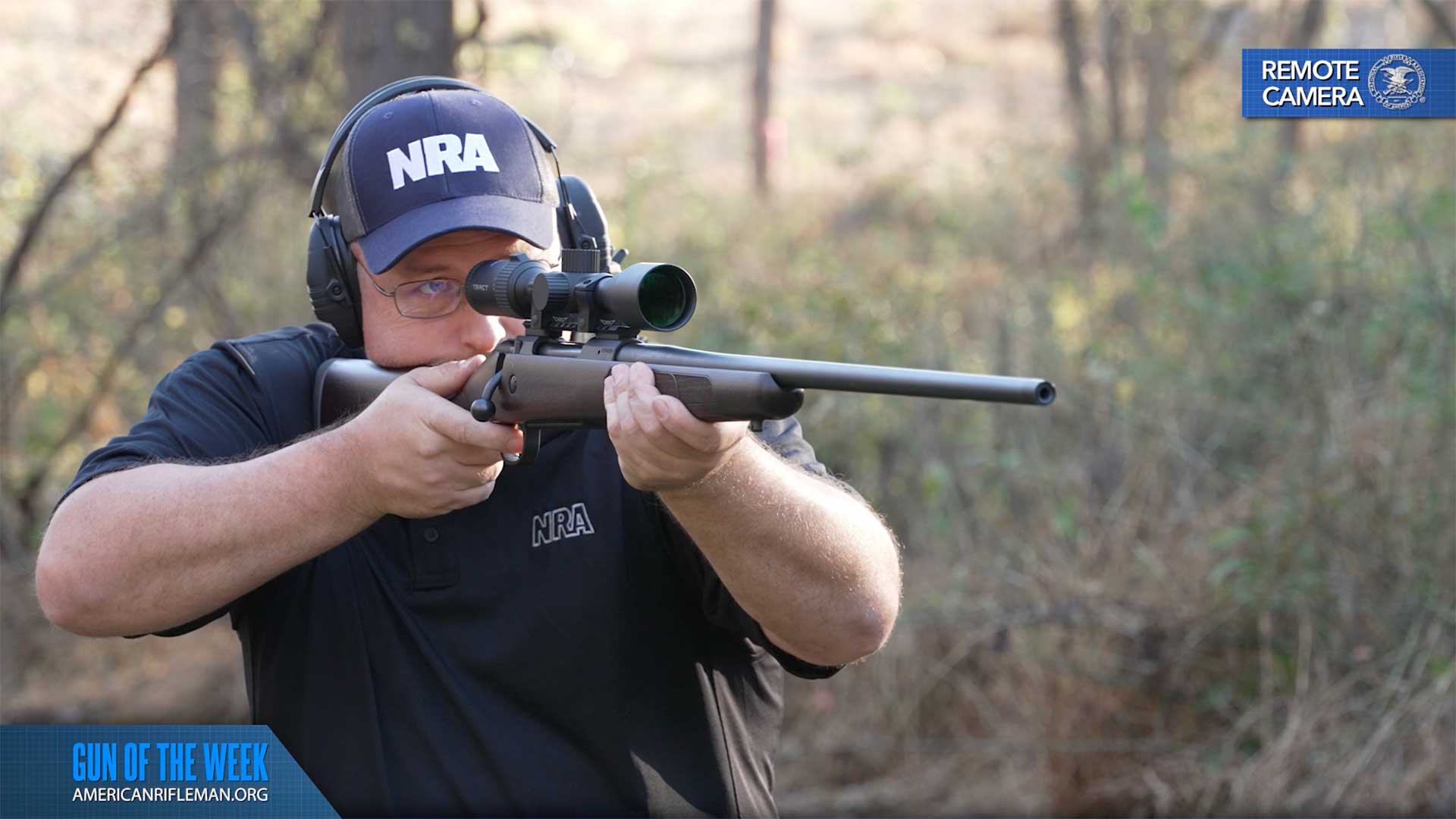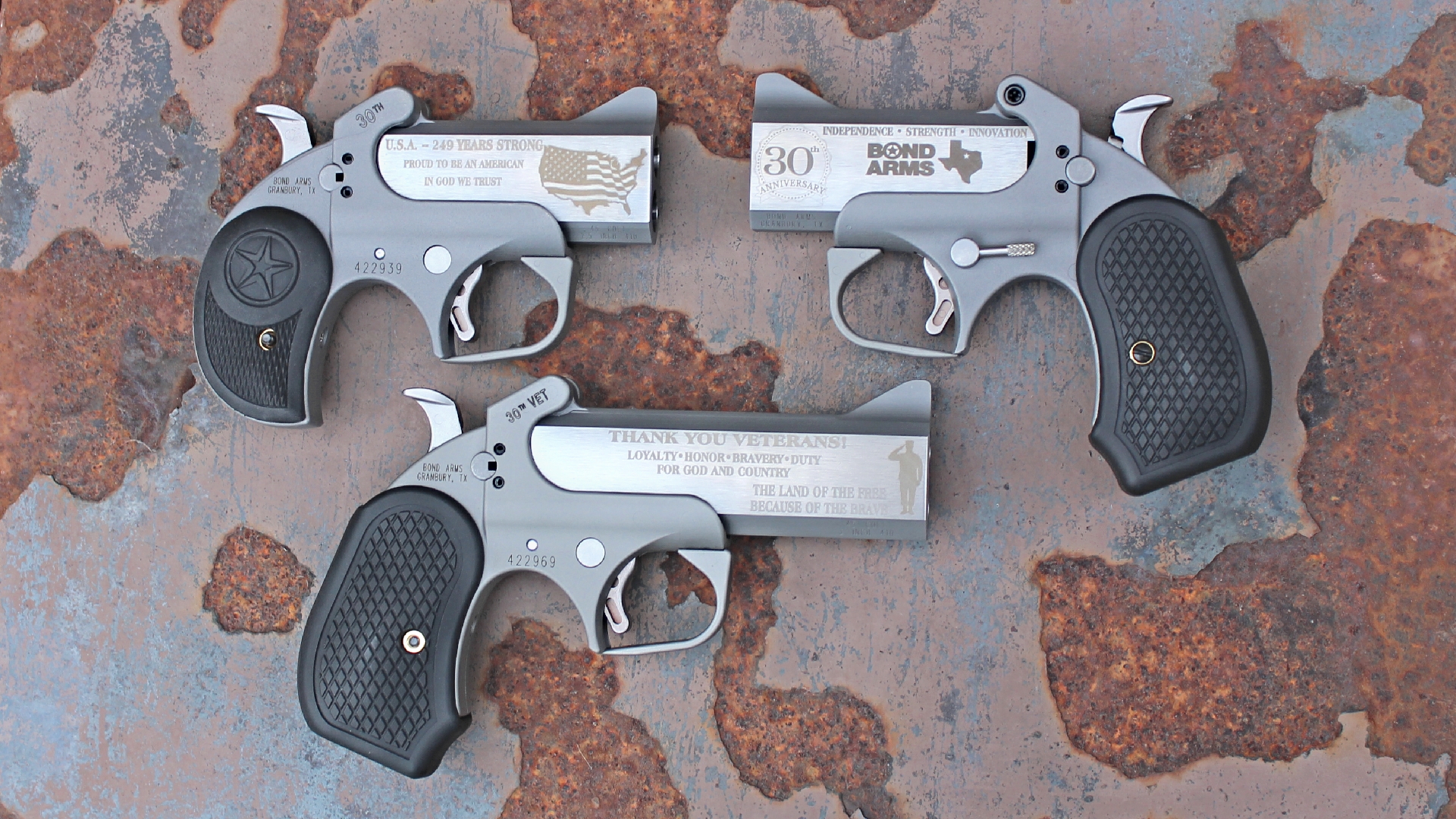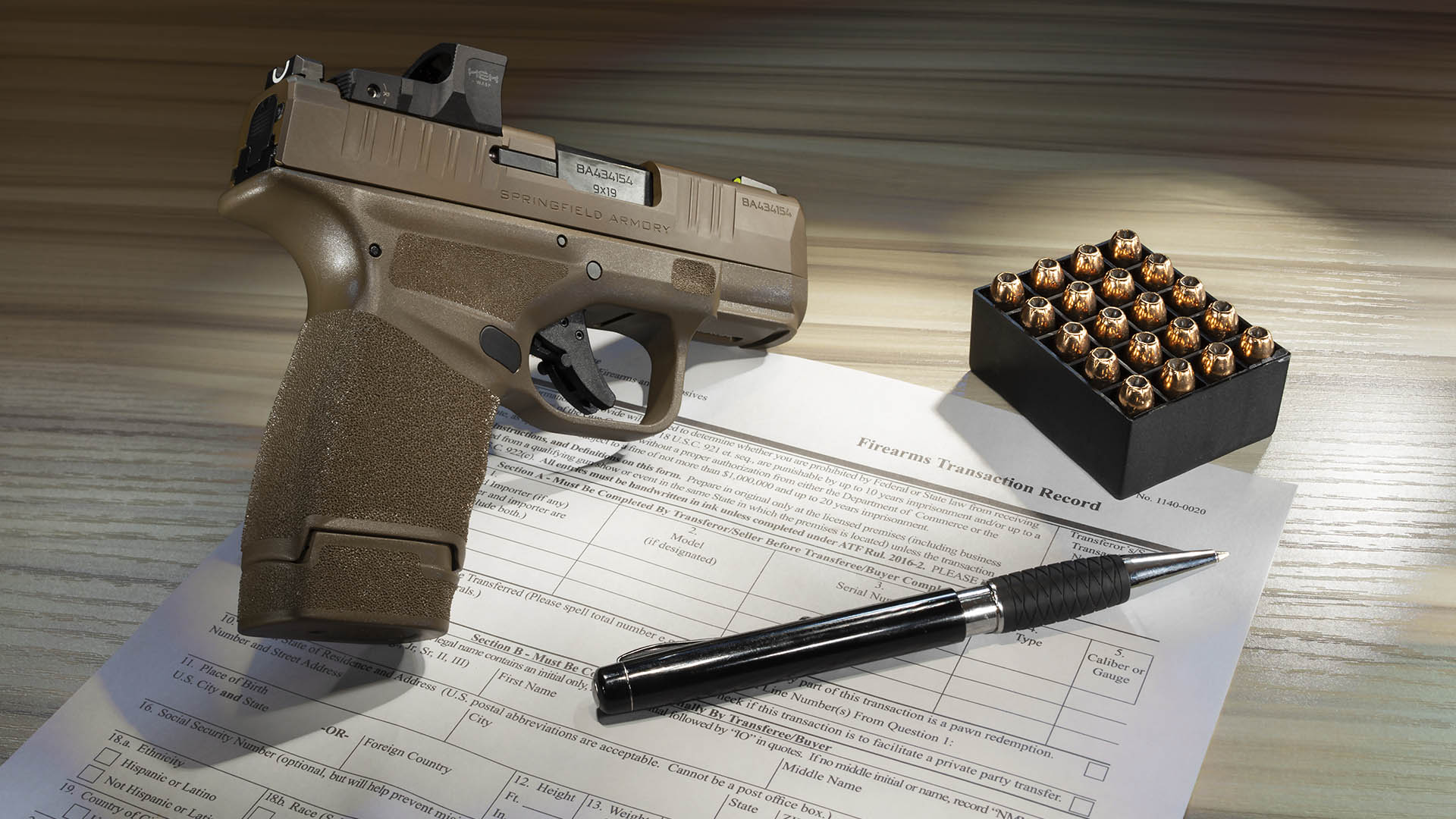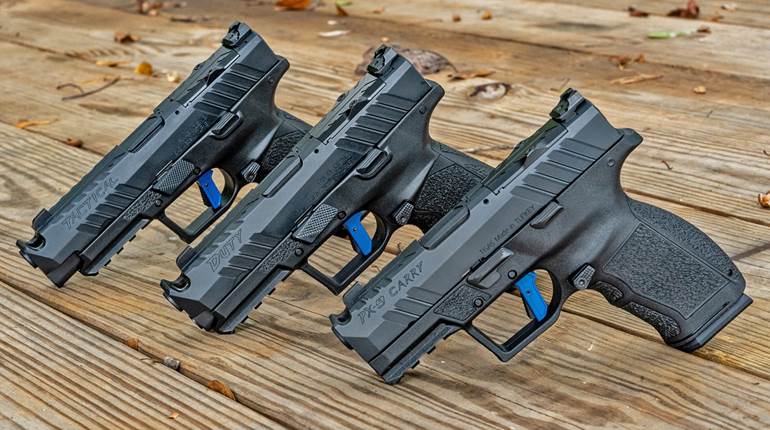
A big part of the firearms market has been and continues to be Renaissance men. Renaissance (gun) men are almost always preoccupied with style, and while function is assuredly a prime criterion, it’s of little consequence if that function isn’t accompanied by a good-looking gun. Most successful gun designers and makers have been those blessed with mechanical innovation, some marketing skills and an eye for style. Samuel Hawken, Sam Colt, Horace Smith & D.B. Wesson, John Browning, Christian Sharps, Paul Mauser, Georg Luger and even modern iterations like Gene Stoner, Mikhail Kalashnikov and Gaston Glock have been able to catch this lightning-in-a-bottle combination. Their styles may not be universally accepted, but they are universally recognized. Another gun designing classist was William Batterman Ruger (1916-2002).
Ruger came of age in the early 20th century in the northeast where style ruled as much as commerce and before the cancer of political correctness destroyed the traditions of sport shooting. Men of substance—or those yearning to be—considered the shooting sports to be an integral part of their refined culture. Ruger made his mark and his fortune by addressing the desires of those yearners in terms of their sporting guns. His engineering and manufacturing innovations were at least as fertile as his love of classic designs; his knack of cutting the costs associated with those designs and making them accessible to working men. Every one of his firearms from the Ruger Standard Pistol (1949) to the Red and Gold Label Shotguns have reflected his penchant for style as much as function.
So in 1977 after several successes in pistols, revolvers and rifles, Ruger decided to take on the double-barreled shotgun market. Many have tried to bring twin-tubed shotguns to the less-than-well-heeled population with varying levels of success. The problem is much like that of the automotive maker wanting to provide a race-quality sports car to the blue collar market. True quality cars—and guns—require a lot of expensive handwork to achieve their goal of style and refinement. The rub is in duplicating that refinement on a massive scale.

The Red Label sought to offer the handling and style characteristics of fine European and American over-under shotguns. Double guns—whether rifles or shotguns, stack-barreled or side-by-side—are notorious for requiring a great deal of handwork. Ruger got around this to a great extent due to his use on investment castings for often complex parts—receivers and many lockwork components. He also invested heavily in the relatively new computer controlled machinery that can produce precision parts in quantity without the constant attention of several machinists. Ruger was as dedicated toward strength and safety as he was with style, so barrels were still hammer forged. With the hope that this Red Label would become widely accepted, he designed the receiver without any assembly pins or screws exposed, making it an open canvass for engravers. Stocks were American black walnut, checkered in a classic point pattern. Garish, high-visibility sights would never do on such a shotgun, a classic brass bead served as a pointing reference. Choke tubes were becoming de riguer by 1977, and the Red Label was equipped thusly.
The first Red Labels were offered in 20 gauge, with the first guns to hit the shops the following year. In 1979, a 12 gauge was offered. In 1994, the receiver was scaled down to accommodate 28-gauge barrels. In 1992 a 12-gauge Sporting Clays rendition of the Red Label was offered. Response was eager—at least at first—but Ruger was plagued with some quality control issues early on that adversely impacted its ability to fulfill orders in a timely fashion. A criticism of the Red Label was that while it claimed the weight of the Red Label to be 6 1/2 lbs., most guns tipped the scales close to a pound heavier. Eventually the QC issues were addressed, and the Red Label became more or less readily available.
One day in the mid-’80s a friend and I were hunting mountain quail in the western Sierra Nevadas. He had a Red Label in 20 gauge, and I had my 20-gauge Winchester 101 Pigeon Grade Featherweight. After a few birds, we agreed to trade guns for a while just to see what the difference may be. It took only a couple of flushes before we were both ready to trade back. My buddy winced and whined about the recoil of my 6-lb. Winchester. On the other hand, after shooting my light gun for so long the Red Label seemed to swing like a club. I abhorred—and still do—the automatic safety. Too, the barrel selector pivots instead of sliding to and fro. We parted, each convinced that we had the better gun. To be fair, the pivoting barrel selector is more a question of what one is used to after several years of shooting one. Each is equally effective. Since that day I have shot a couple more Red Labels on sporting clays courses and found them more effective than I did in the quail mountains. The weight—which was a burden at 6,000 feet—did in fact dampen recoil, as well as providing some momentum to keep from stopping my swing, something I consistently do. I may not have fallen in love with the Red Label, but it wasn’t the battle ax I first thought it to be.
In 2011 Ruger temporarily discontinued the Red Label. There were a number of pervasive gnat stings in terms of manufacturing the shotgun. Chief among those gnat stings was the two-piece receiver. The Red Label’s receiver was a mated pair of investment castings that needed to be welded after they came out of the casting furnace. This required that each of the mated parts be placed into a welding jig and then be perfectly welded without any voids, slag inclusions or porosity. This is very time and labor consuming, thus considerably reducing the cost advantage of investment casting. Ruger’s manufacturing engineers melded the receiver into a single casting, made some design improvements in the trigger and lockwork, as well as tightening the machining tolerances of those parts and the receiver.
They lightened the barrels by reducing the outside diameter and back-boring the interior. The forcing cones were lengthened to 2". This reduced recoil, improved patterns and made the shotgun quicker to swing and easier to carry in the field. Most importantly, this along with the redesigned receiver resulted in a $500 drop in the MSRP from the original—almost unheard of.
Unfortunately, about a year and a half later Ruger quietly dropped the Red Label from its line, citing an inability to make revenue expectations with the shotgun. Perhaps the $500 reduction was too much for the company to swallow, but I think it’s more a case of a changing marketplace. There will always be a place for high-grade, sophisticated sporting arms, though that market is pretty finite. The firearms market is overwhelmed in demand for lightweight, inexpensive but reliable self-defense guns. Production and inventory costs of clones of fine sporting guns have largely drowned the relatively limited demand for such guns. Pity. The Ruger Red Label was one of the good ’uns.














